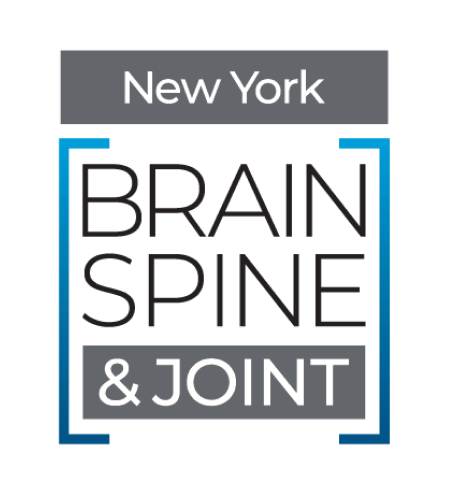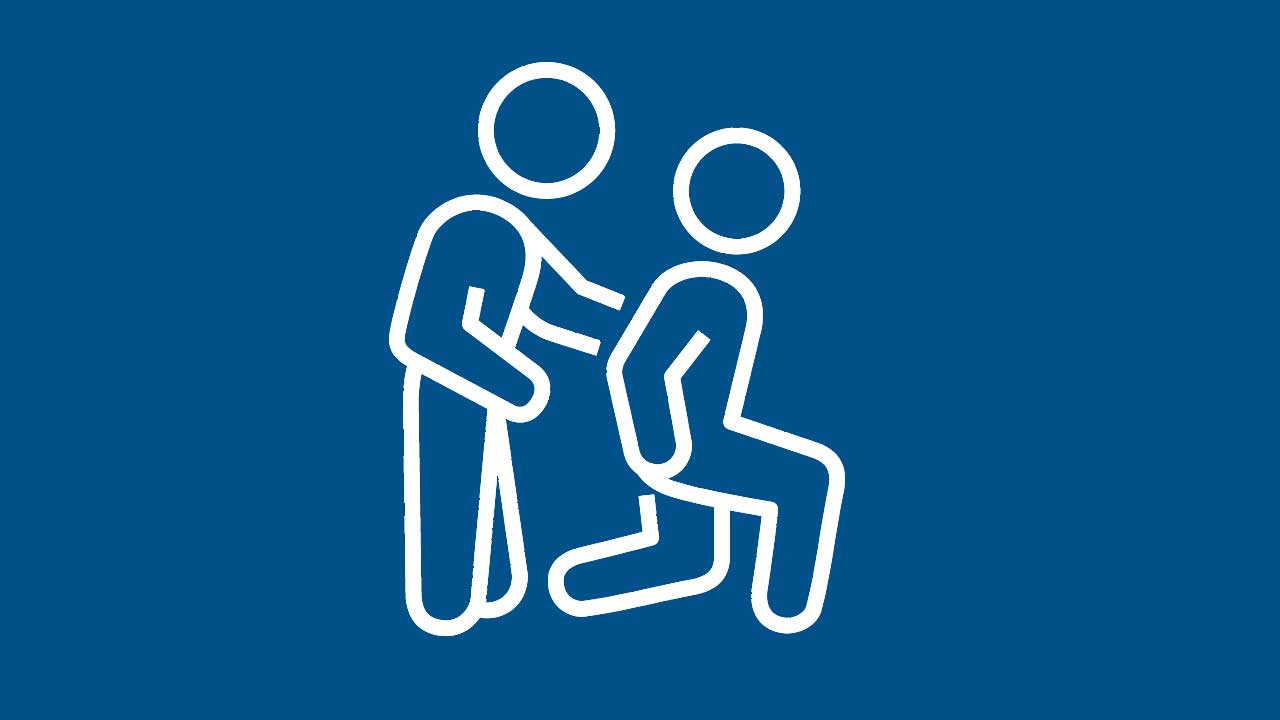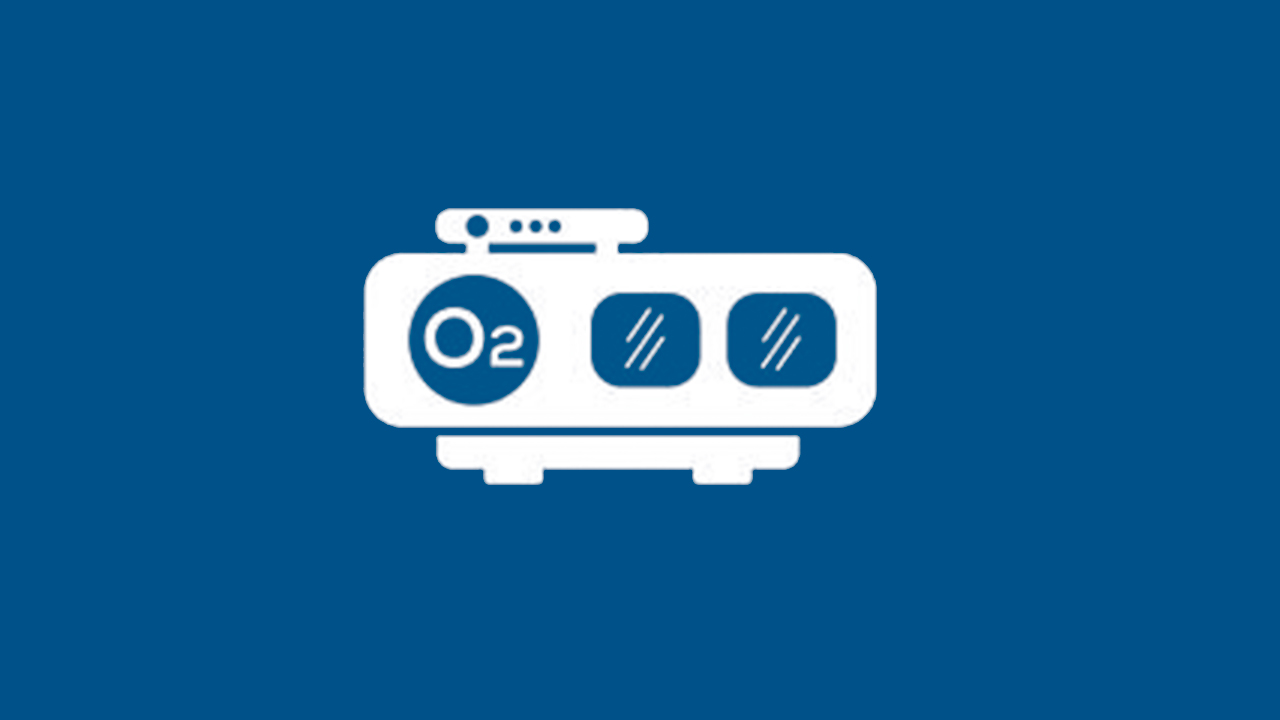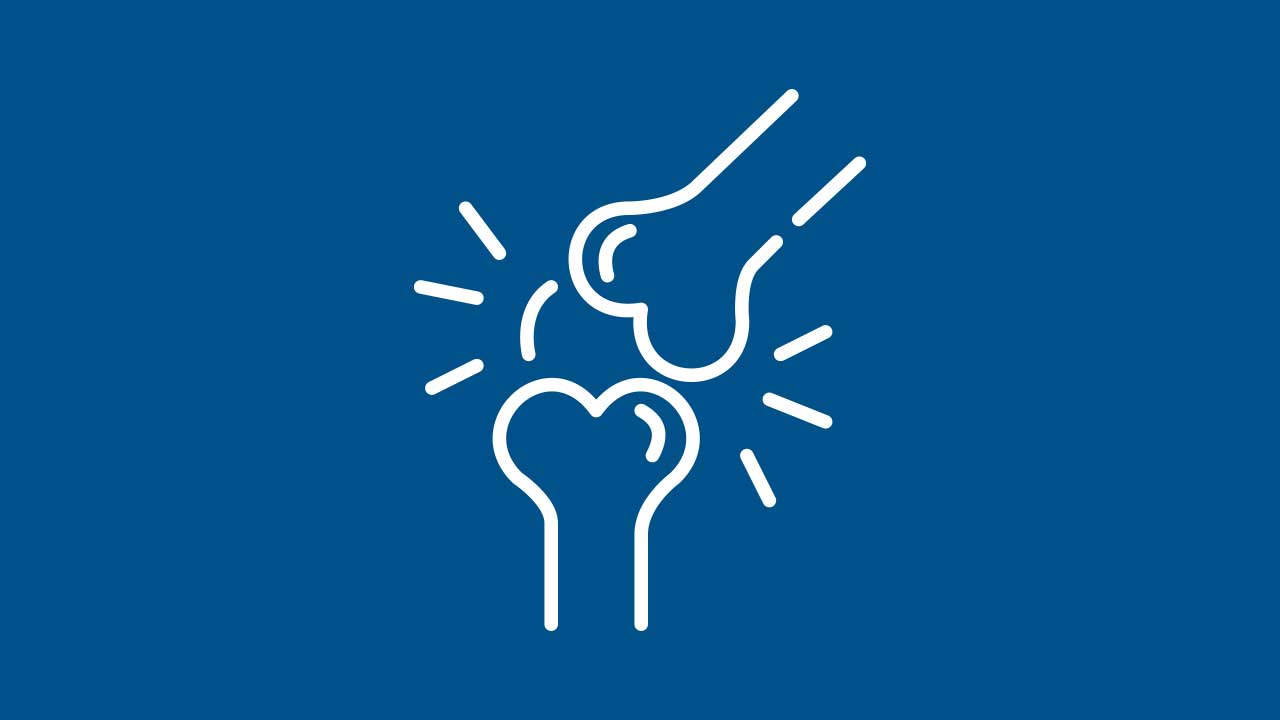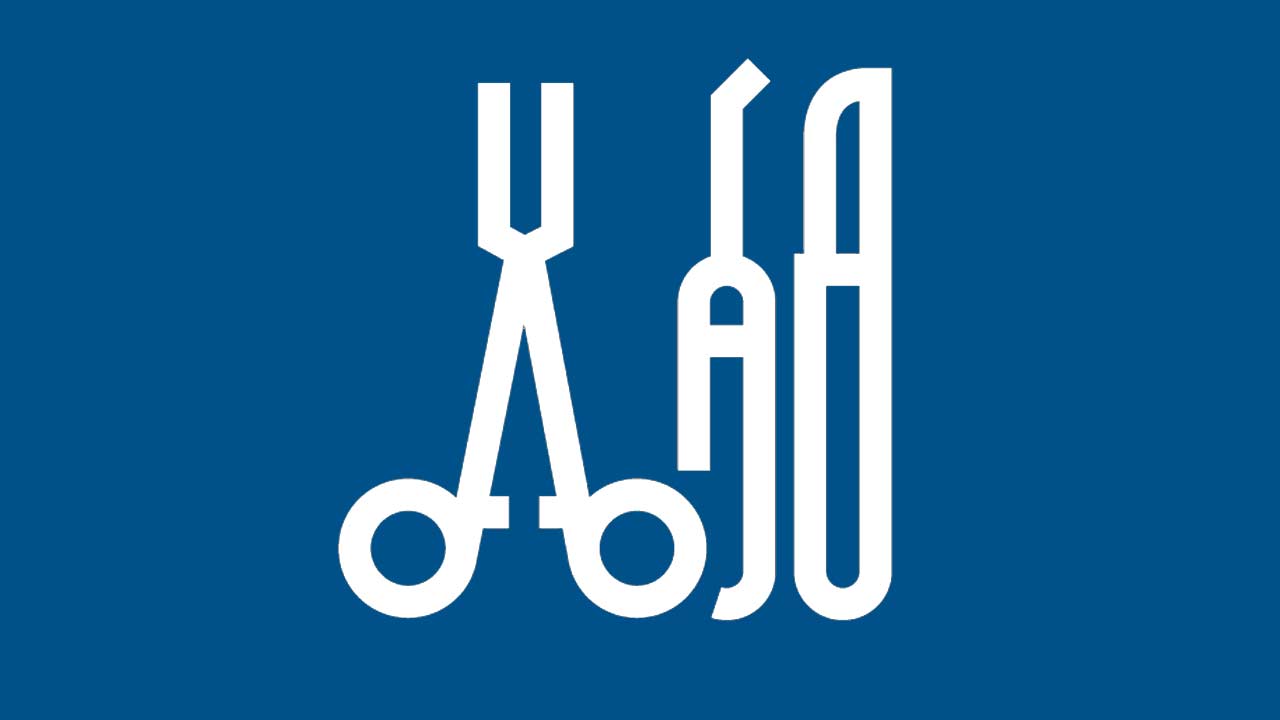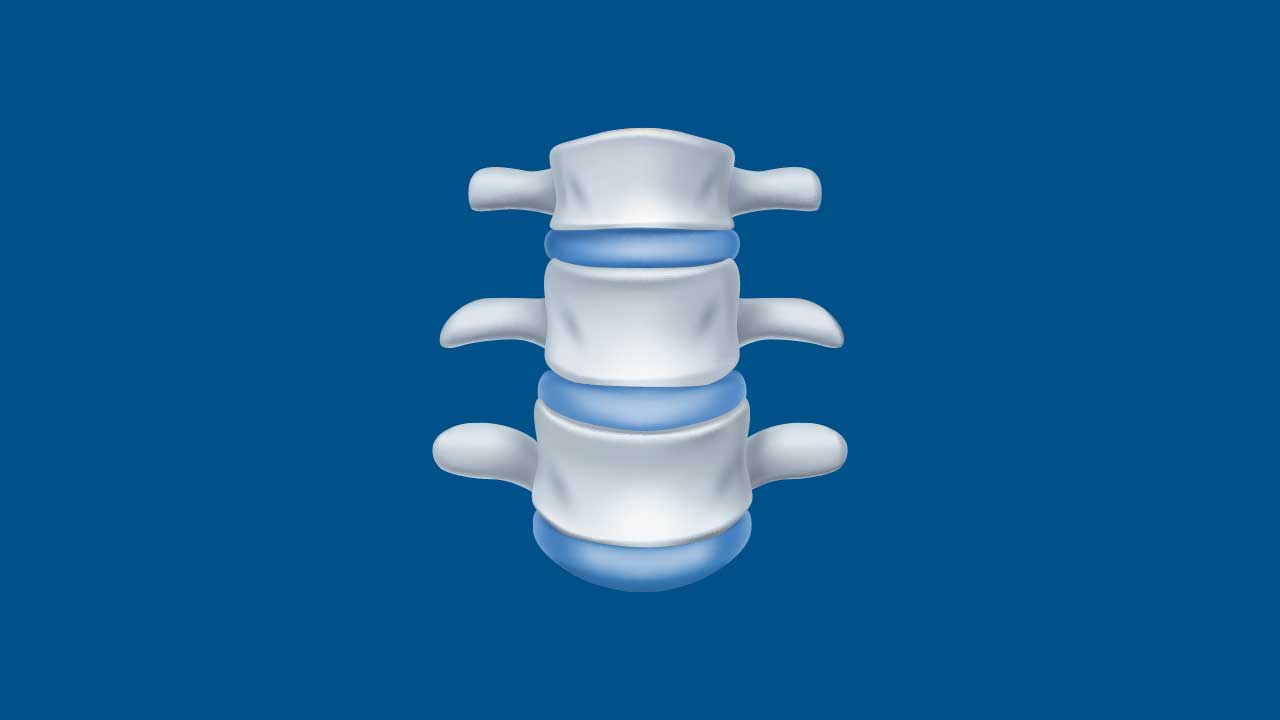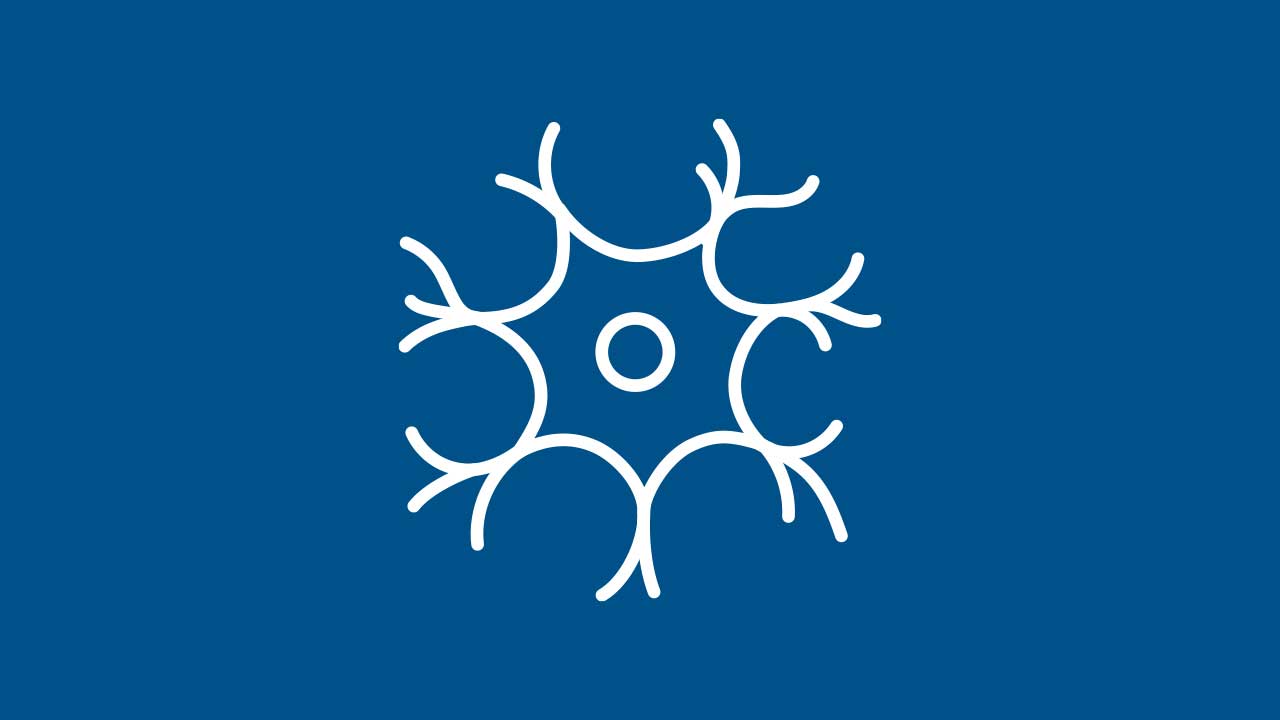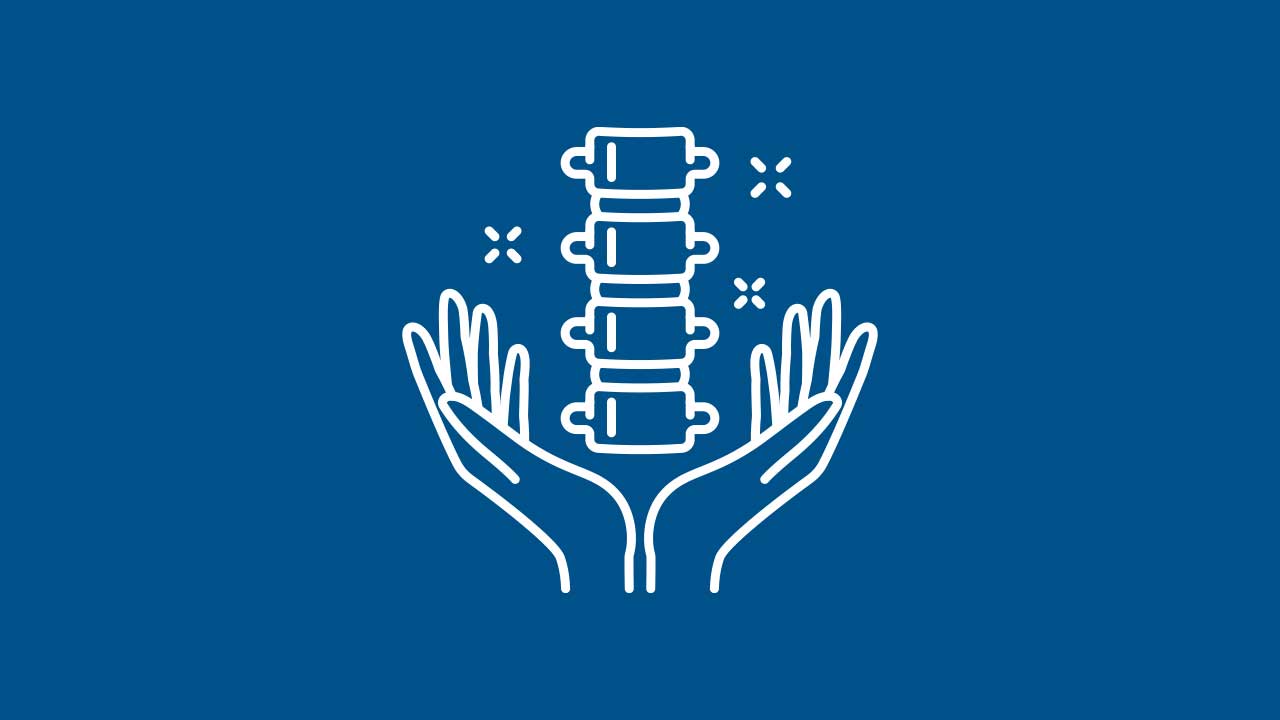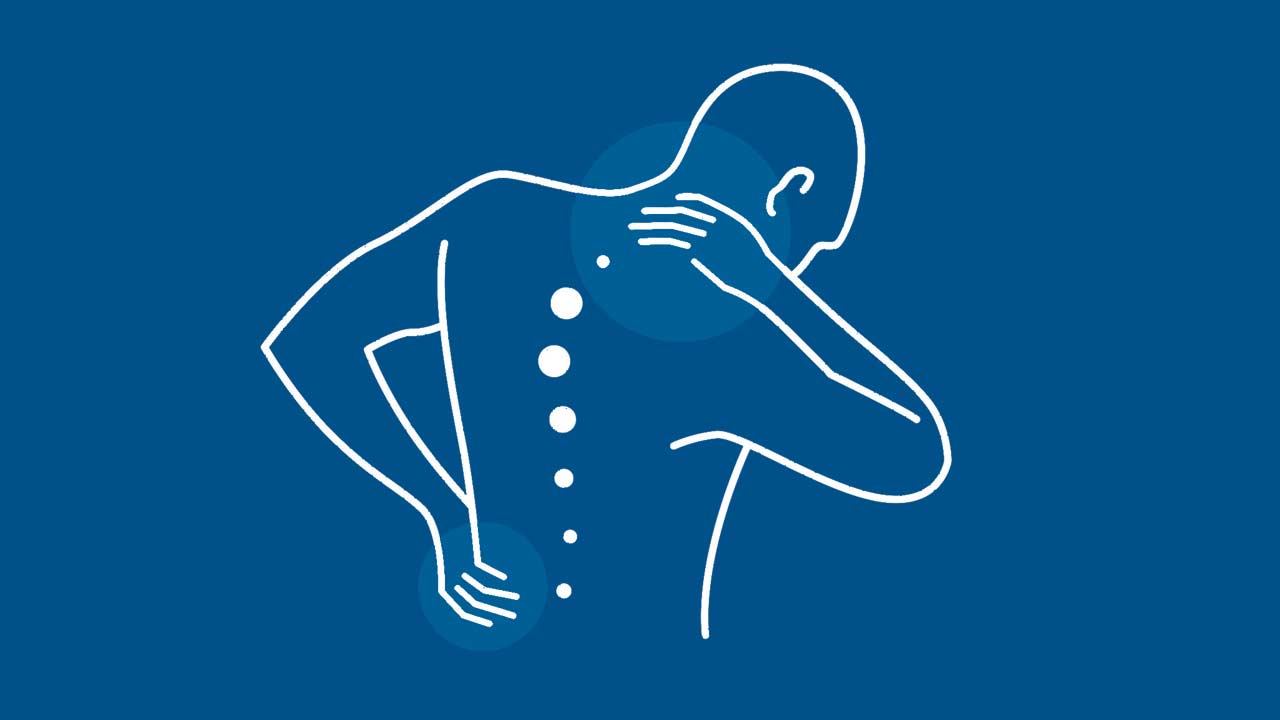Knee Injury
Knee Injury: Causes, Symptoms, and Effective Treatment Strategies
The knee is a complex joint that bears the weight of the body while allowing for movement such as bending, straightening, and rotational actions. Knee injuries—ranging from ligament tears to meniscus damage—are frequent among athletes, active individuals, and those with degenerative joint conditions. Understanding knee structure, common injuries, and treatment options can greatly improve outcomes.
Understanding the Knee Joint
The knee involves three primary bones—femur (thigh bone), tibia (shin bone), and patella (kneecap)—held together by ligaments and cushioned by cartilage called the meniscus. Major ligaments include:
- Anterior Cruciate Ligament (ACL)
- Posterior Cruciate Ligament (PCL)
- Medial Collateral Ligament (MCL)
- Lateral Collateral Ligament (LCL)
A network of tendons, muscles, and bursae surrounds the joint, allowing controlled movement and shock absorption.
Common Knee Injuries and Causes
- Ligament Tears (ACL, MCL, etc.)
- Sudden stops, changes in direction, or direct impact can strain or tear these stabilizing bands.
- Sudden stops, changes in direction, or direct impact can strain or tear these stabilizing bands.
- Meniscus Tears
- Twisting or pivoting on a bent knee, often during sports, can damage the meniscus.
- Twisting or pivoting on a bent knee, often during sports, can damage the meniscus.
- Patellar Injuries
- Fractures, dislocations, or tendon strains involving the kneecap.
- Fractures, dislocations, or tendon strains involving the kneecap.
- Tendinitis and Bursitis
- Inflammation of tendons or bursae due to overuse or repetitive stress.
- Inflammation of tendons or bursae due to overuse or repetitive stress.
- Degenerative Changes
- Arthritis-related wear on cartilage or pre-existing structural abnormalities can exacerbate injury risk.
- Arthritis-related wear on cartilage or pre-existing structural abnormalities can exacerbate injury risk.
Risk Factors
- High-Impact Sports: Basketball, soccer, skiing, and other activities involving quick pivots or jumps.
- Poor Conditioning or Muscle Imbalances: Weak quadriceps, hamstrings, or core muscles reduce joint stability.
- Repetitive Stress: Jobs or hobbies requiring frequent kneeling or squatting.
- Previous Knee Injuries: Can leave the joint more vulnerable to reinjury.
Common Symptoms
- Pain and Swelling: Immediate or delayed, often indicating ligament or meniscal damage.
- Popping Sensation: A distinct pop during injury may suggest a ligament tear.
- Instability: Feeling the knee might “give out.”
- Limited Range of Motion: Stiffness or an inability to fully bend or straighten the knee.
Diagnosing Knee Injuries
- Physical Examination
- Maneuvers like the Lachman test or McMurray’s test check ligament or meniscus integrity.
- Maneuvers like the Lachman test or McMurray’s test check ligament or meniscus integrity.
- Imaging
- X-rays to rule out fractures or alignment issues.
- MRI provides detailed images of soft tissues such as ligaments and cartilage.
- X-rays to rule out fractures or alignment issues.
- Arthroscopy
- A minimally invasive procedure using a small camera to visualize the inside of the joint directly.
- A minimally invasive procedure using a small camera to visualize the inside of the joint directly.
Treatment Approaches
- Conservative Management (RICE)
- Rest, Ice, Compression, Elevation for initial symptom control and reduced swelling.
- Rest, Ice, Compression, Elevation for initial symptom control and reduced swelling.
- Physical Therapy
- Exercises that focus on strengthening surrounding muscles, improving flexibility, and restoring stability.
- Exercises that focus on strengthening surrounding muscles, improving flexibility, and restoring stability.
- Bracing or Orthotics
- Stabilize the joint or correct biomechanical imbalances during healing.
- Stabilize the joint or correct biomechanical imbalances during healing.
- Injections
- Corticosteroids or viscosupplements to reduce inflammation or improve lubrication.
- Corticosteroids or viscosupplements to reduce inflammation or improve lubrication.
- Surgery
- Ligament Reconstruction: Grafts from the patient or a donor to repair a torn ACL or other ligament.
- Meniscus Repair or Partial Removal: Arthroscopic procedures to address tears.
- Ligament Reconstruction: Grafts from the patient or a donor to repair a torn ACL or other ligament.
Recovery and Prevention
- Gradual Return to Activity: Reintroduce sports and high-impact activities only after clearance from a healthcare professional.
- Maintenance Exercises: Ongoing strength and flexibility routines reduce reinjury risk.
- Proper Footwear and Technique: Ensuring adequate support and correct movement patterns.
Our Multi-Disciplinary Approach in NYC
At our multi-location medical practice in the New York City metro area, orthopedic surgeons, sports medicine physicians, physical therapists, and rehabilitation specialists collaborate to offer comprehensive knee care. From acute injury management to post-operative rehabilitation, our team customizes treatment plans for patients of all activity levels and backgrounds.
Additional Resources
Conclusion
A knee injury can disrupt daily life and athletic pursuits, but proper diagnosis, individualized treatment, and consistent rehabilitation can restore function and reduce the likelihood of reinjury. Our dedicated team in NYC is prepared to guide you through every step, ensuring a safe return to the activities you love.
Disclaimer: This article is provided for informational purposes only and should not replace professional medical advice. Consult a qualified healthcare professional for a personalized assessment.
